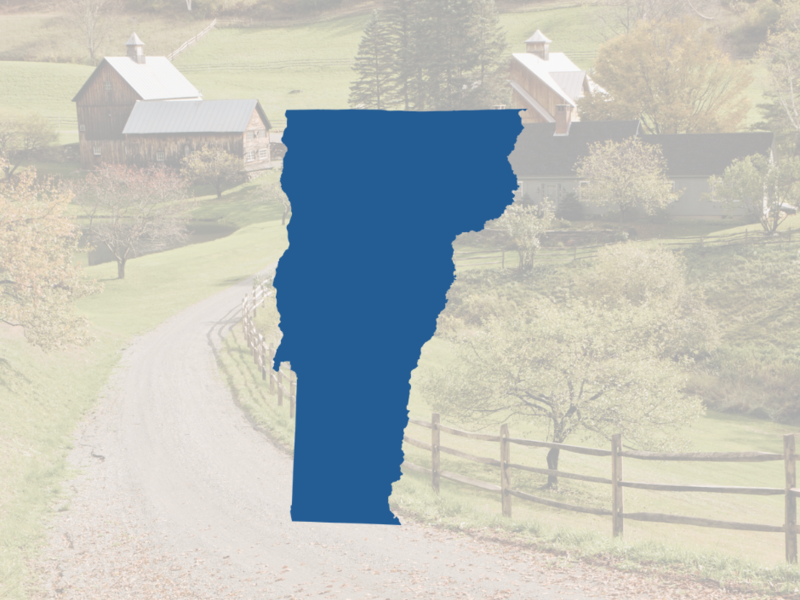
In theory, wave elections are very exciting for political analysts and aficionados. They tend to feature lots of upsets, which unfold in cascading fashion, adding to the drama. But in other ways, they are fairly humdrum because there is usually plenty of warning that they’re coming. As in the Morton Salt ads back in the day, “When it rains, it pours.” The bad news for one party gets pretty relentless; it’s like hearing the same song played over and over.
At this point, some politicos, very likely Republicans, are doubtless asking, “What wave?” The answer is, the one right in front of us. We know that midterm elections are referenda on the incumbent in the White House and that Donald Trump’s approval ratings are at a historic low at this stage of a presidency. Could they suddenly turn upward? Sure, but they have been pretty stable in the mid-to-high 30s for months.
Either 48, 49, or 50 percent of Americans strongly disapprove of him, according to the latest ABC News/Washington Post, CNN, Fox News, and NBC News/Wall Street Journal polls. Generally speaking, when voters get to the point of strong disapproval, they never make it back to approval. Fluctuations come from those who somewhat or moderately approve or disapprove, or those who are undecided.
According to the national polls, the generic congressional ballot test points to a wave as well. Cook Political Report House Editor David Wasserman estimates that Democrats need to win the House popular vote, which is what the generic ballot test tries to replicate, by at least 7 or 8 points to win 218 districts, the barest of majorities. The RealClearPolitics average is a Democratic advantage of 10.7 points; the last eight RCP averages have shown the Democratic lead ranging from 7 to 15 points.
The off-year election results also point to a wave. It was a foregone conclusion that Democrats would pick up the governorship of New Jersey, but state legislative gains in Virginia, Georgia, Washington, and elsewhere are ominous for Republicans. Tim Storey, the elections guru at the National Conference of State Legislatures, says that about 33 state legislative seats have shifted from Republican to Democrat this year, while just two have gone from Democrat to Republican, and a couple of seats could go either way. In special congressional elections, in strongly GOP districts in Georgia, Kansas, Montana, and South Carolina, Republicans have come out on top, but voting patterns showed them underperforming the norm by 6 to 12 points. These results do not bode well for the 23 GOP-held districts won last year by Hillary Clinton or for those that Trump won narrowly.
Could the Republican majorities in the U.S. House and Senate become magically more legislatively productive in the coming year? Sure, but it’s unlikely. A repeal and replacement of the Affordable Care Act hasn’t and isn’t likely to happen, even with the latest Senate bid to include a repeal of mandated individual coverage in its tax bill. A major infrastructure program and a border wall are equally dubious propositions.
Yes, the House passed a tax bill on Thursday, but I have been skeptical from the start and remain skeptical that any major tax reform or big tax cut will be enacted into law. Major tax reform occurs only when it has strong bipartisan support, as the 1986 tax-reform package did, or if a party has big majorities and can muscle it through. Neither is the case today.
Big tax cuts usually happen when the economy is hurting, with the aim of giving business a boost, regardless of the effect on the deficit. But 3 percent GDP growth, a record high stock market, strong consumer confidence, and low unemployment are not indicators that foreshadow a big tax cut. Making corporate tax cuts permanent but individual tax cuts temporary doesn’t seem to be a winning combination, no matter what the Senate parliamentary requirements may be. Congressional Republicans have unwisely said that maintaining their majority in the House is contingent on passing a major tax bill. They may well have to eat those words.
Could the divisions within the GOP be repaired in the next year, improving its position going into the midterms? Sure, but there are no signs that this is either happening or will happen. The GOP obviously made a horrible mistake by nominating Roy Moore for Senate in Alabama, but don’t hold your breath for Steve Bannon or the other renegades to actually admit that Senate Majority Leader Mitch McConnell was right and that Alabama Republicans should have stuck with appointed Sen. Luther Strange. It would appear that when Roy Moore was in his 30s, he dated more high school girls than I did when I was in high school.
Finally, there is Russia. Nobody knows where the investigation is going to go, but it’s pretty clear that it is not going to go away anytime soon. If anything, it seems to be picking up momentum. I don’t think that Special Counsel Robert Mueller would actually force a constitutional crisis by indicting President Trump—that would make the 2000 Bush v. Gore case look fairly routine—but the outcome could still be awfully messy for the president and his party.
None of this is to say that Democrats don’t have their own problems. The Senate map favors Republicans, and redistricting and natural patterns may mitigate some of the wave in the House, but will it be enough to save the Republicans’ House majority or make it possible for them to score any net gains in the Senate?
It is certainly true that Democrats lack both a single leader and a message, but midterm elections are never about a party out of power. Those are problems that Democrats must face in 2019 and 2020. The more immediate problem next year is whether this hyper-motivated Democratic base nominates too many “exotic” candidates who might not fare well in general elections. It will be interesting to see if any Republicans try their version of what Sen. Claire McCaskill of Missouri did in 2012, effectively steering the GOP nomination to Rep. Todd Akin, who ended up being unelectable.
The prevailing winds could significantly change over the next year, but with the current dynamics in place, it would require a big event to cause a change in the political weather.
This story was originally published on nationaljournal.com on November 14, 2017
Photo by: Chris Kleponis/picture-alliance/dpa/AP Images









Subscribe Today
Our subscribers have first access to individual race pages for each House, Senate and Governors race, which will include race ratings (each race is rated on a seven-point scale) and a narrative analysis pertaining to that race.